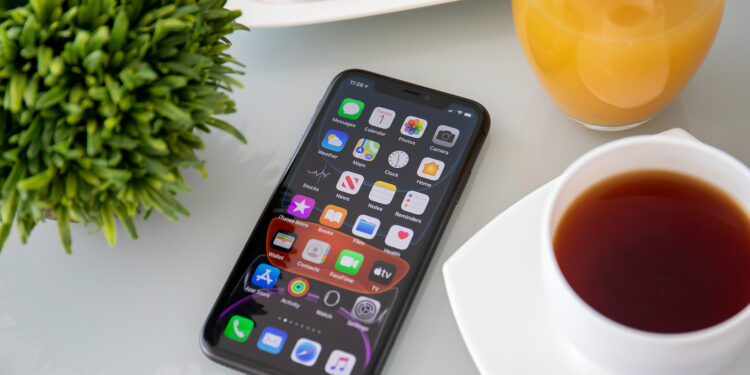The iPhone is not only a means of communication but often also a personal safe that contains important data and information. Therefore, it is crucial that we protect our devices from theft and keep our personal information safe. With the launch of iOS 17.3, Apple has introduced a new protection mechanism to help us protect our iPhones from theft and secure our personal data.
Stolen Device Protection provides an extra layer of security when you keep your iPhone away from familiar locations like home or work, and protects your accounts and personal information if your iPhone is stolen. In this article, we'll go into detail about this important feature and show you how to enable it to ensure your privacy and security.
About protecting against stolen devices
Protection against stolen devices was improved with iOS 17.3 introduced and is an important security feature that helps protect your iPhone and personal information when your device is not in familiar places. Familiar places are places like your home or work where you regularly use your iPhone and therefore consider it safe.
Biometric authentication with Face ID or Touch ID
One of the key components of this protection mechanism is biometric authentication with Face ID or Touch ID. When your iPhone is not in a familiar location, you must authenticate with your face or fingerprint before you can perform certain actions. These include accessing saved passwords, using payment methods saved in Safari, turning off Lost Mode, erasing all content and settings, applying for a new Apple Card, and more. This ensures that only you can access these important features and protects your personal information from unauthorized access.
safety delay
Another important element of stolen device protection is the security delay. Certain security-sensitive actions, such as changing your Apple ID password, require you to wait an hour and then perform a second Face ID or Touch ID authentication. This is designed to prevent a thief from performing critical actions while giving you time to mark your device as lost and ensure your Apple account security.
iOS 17.3: How to turn stolen device protection on or off
To turn on Stolen Device Protection, you need to use two-factor authentication for your Apple ID and set up certain features on your iPhone, including a device passcode, Face ID or Touch ID, turning on Find My, and Significant Locations. You can turn on these features in Settings by going to Settings, tapping Face ID & Passcode, entering your device passcode, and turning Stolen Device Protection on or off.
Conclusion
Stolen Device Protection with iOS 17.3 provides an essential security measure to protect your iPhone and personal data from theft. Biometric authentication and security delay ensure that only you can access sensitive information. Enable this feature to protect your privacy and keep control of your device and accounts in the event of theft. Your security is our top priority, and iOS 17.3 makes it easier than ever to ensure it. Looking for new accessories? Then take a look in our Amazon Storefront - there you will find numerous products from leading suppliers, also for HomeKit and Co.! (Photo by DenPhoto / Bigstockphoto)





